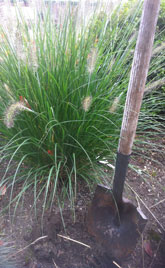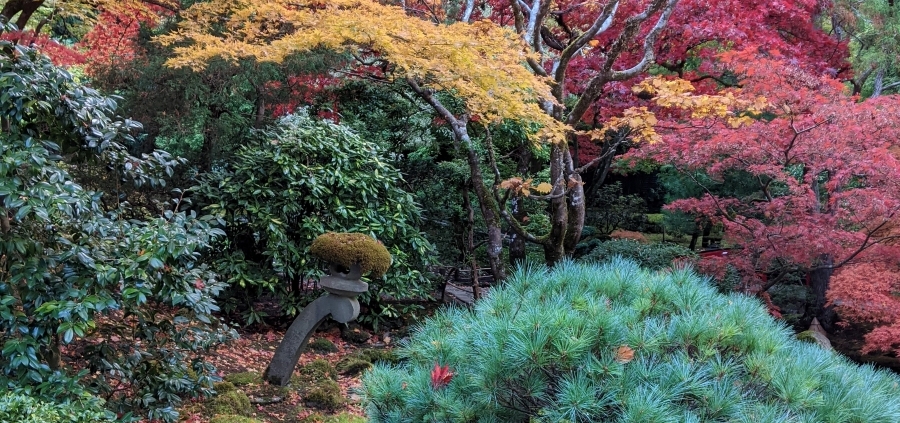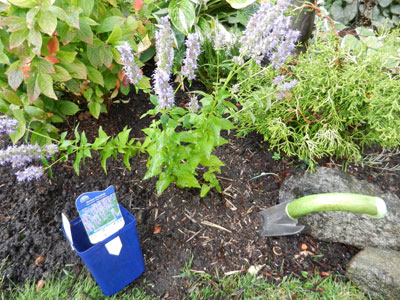Fall is the New Spring
 Do you remember when springs were warm, and fall was a time of crisp air and the smell of burning leaves? Times have changed! Spring is now cold and wet, with temperatures not climbing until well into June. Fall (which, in many minds starts after Labour Day!) has been longer and warmer, with dry air and a slower more beautiful burnishing of foliage.
Do you remember when springs were warm, and fall was a time of crisp air and the smell of burning leaves? Times have changed! Spring is now cold and wet, with temperatures not climbing until well into June. Fall (which, in many minds starts after Labour Day!) has been longer and warmer, with dry air and a slower more beautiful burnishing of foliage.
Here on the west coast, autumn is a great time to plant shrubs, perennials, and most trees. Even as air temperatures cool at the end of summer, soil temperatures remain warm.. Root growth continues until the soil goes below 5 degrees C (40 degrees F), and in our part of the country it is well into November or December before this happens. Fall plantings begin to establish themselves and are ready for new growth in spring.
When digging the warm dry soil at this time of year, it’s a good idea to fill the planting hole with water, let it drain, then place the soaked root ball into the hole, ensuring a moist root run. If the soil is really dry, turn it over few times and soak the whole area with the hose. As the Head Gardener of your plot of land, you don’t have to worry about watering, as fall plantings have the benefit of regular rainfall for about 6 months. Plus, they don’t have to contend with heat and drought until they have put some roots down.
We all know the hazards of walking on wet soil, compacting it and annoying those hard working earthworms, so save the worms and be kind to the soil by doing as much as possible in the autumn when the soil is drier. The leaf litter in the spring often harbors hibernating bumble bees and other treasured pollinators, so the longer you can postpone the disturbance of soil in the early months of the year, the happier the bees will be.
Dividing perennials is best done in fall, but ornamental grasses should wait until spring, when active growth has started. Late fall and early winter are great times to move deciduous shrubs and trees as well as many evergreens. Marginally hardy plants should NOT be moved in the fall. Be sure to stake larger plants to protect them from wind rock that can damage emerging roots.
So far, all the reasons given for fall planting have focused on the plants, but let’s give gardeners our due, and recognize that perhaps fall is a better time for us as well!
In the warm days of fall, the ground is dry and the air calm. It rarely rains. We don’t need boots and rain gear. A quiet afternoon in September or October, shovel in hand, sounds pretty close to Paradise, does it not? OK, we miss the aroma of burning leaves, but enjoy them as mulch instead, as we top dress the newly planted beds.
Happy autumn to one and all, may we have several more weeks of sunshine as we move into the new spring, called fall.



